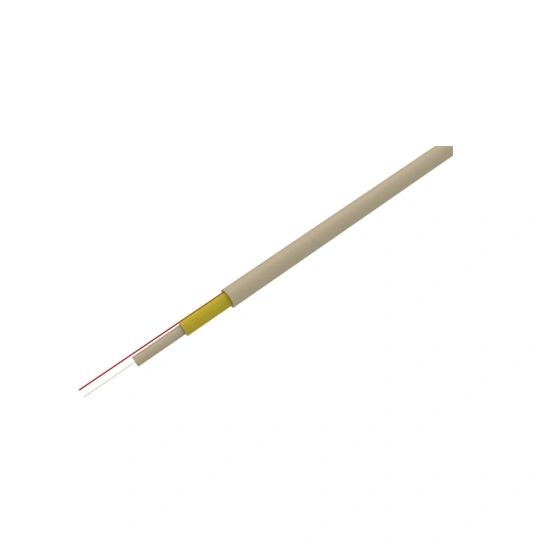Resolving Radio Frequency Interference Issues: A Comprehensive Guide

Radio Frequency Interference (RFI) poses significant challenges to the performance and reliability of indoor optical cables. In this article, we will explore the various problems caused by RFI and discuss effective solutions to mitigate its impact on indoor optical cables.
1. Understanding Radio Frequency Interference
RFI refers to the interference caused by electromagnetic radiation from various electronic devices or external sources on the transmission of radio signals. In the case of indoor optical cables, RFI can result in signal degradation, increased error rates, and even complete signal loss.
Common sources of RFI in indoor environments include wireless devices, microwave ovens, power lines, and nearby radio transmitters. These sources emit electromagnetic waves that can penetrate the sheaths of indoor optical cables, leading to signal interference.
2. Common Problems Caused by RFI in Indoor Optical Cables
a) Signal Degradation: RFI can weaken the quality of transmitted signals, leading to a decrease in data transfer rates and poor signal-to-noise ratio. This degradation can disrupt the smooth functioning of data-intensive applications.
b) Increased Error Rates: The presence of RFI can introduce errors in the transmitted data, resulting in corrupted information and reduced data reliability. High error rates can be particularly detrimental in sensitive applications such as medical systems or financial transactions.
c) Complete Signal Loss: In extreme cases, strong RFI sources can overpower the original signals, causing complete loss of connectivity. This can result in substantial downtime and disrupted communication networks.
3. Solutions to Mitigate RFI Impact
a) Shielding: One effective solution to minimize RFI is to use properly shielded optical cables. Shielding involves incorporating metallic layers in the cable design to block external electromagnetic waves, thus preventing their interference with the optical signals.
b) Path Planning: Proper routing and separation of optical cables from potential RFI sources can also greatly reduce the impact of interference. By selecting routes that avoid close proximity to high-power equipment or wireless devices, cable installations can ensure better signal integrity.
c) Filtering and Grounding: Installing filters and grounding systems can further mitigate the effects of RFI. Filters remove unwanted noise signals that can disrupt optical transmissions, while grounding helps divert any induced currents away from the sensitive optical components.
In conclusion, Radio Frequency Interference presents a significant challenge in maintaining the performance and reliability of indoor optical cables. By understanding the causes and consequences of RFI, along with implementing effective solutions like shielding, proper path planning, filtering, and grounding, organizations can ensure optimal functioning of their indoor optical networks.



